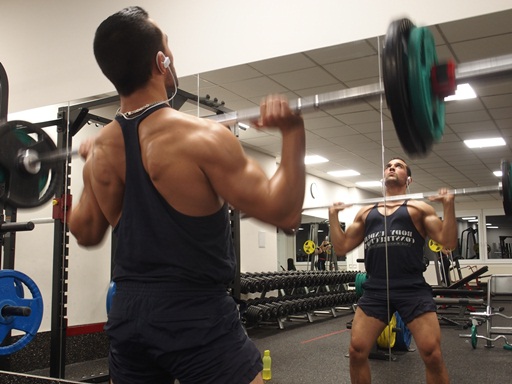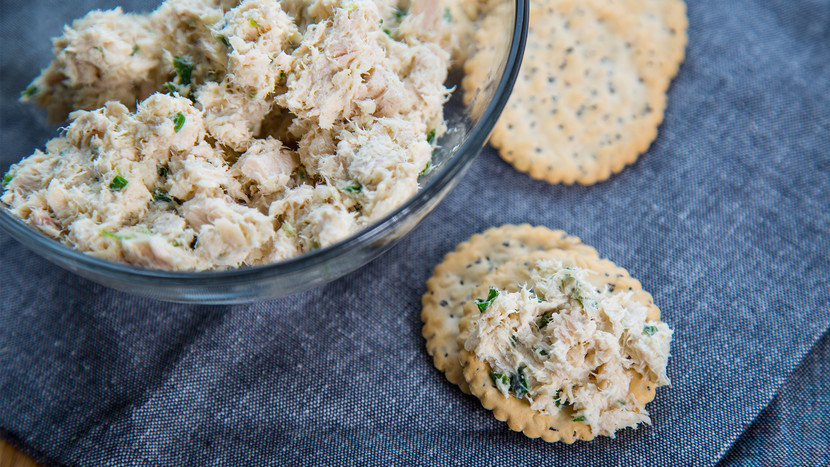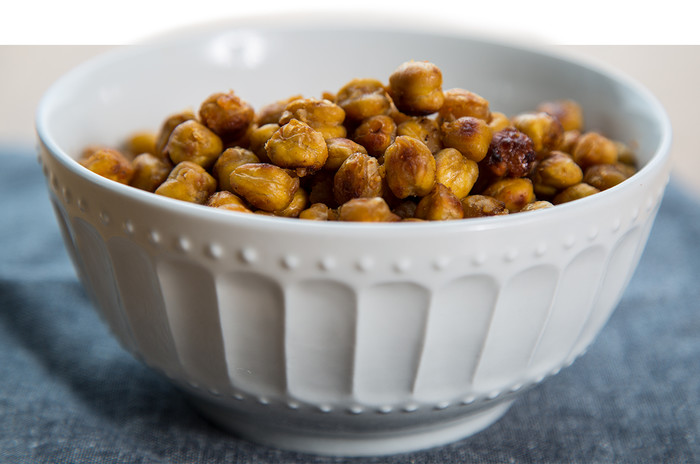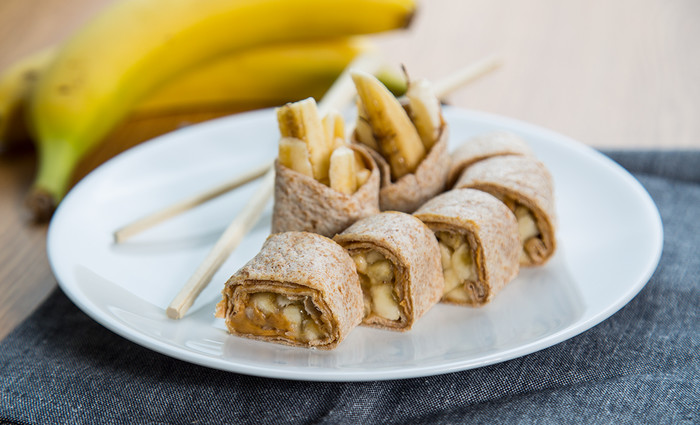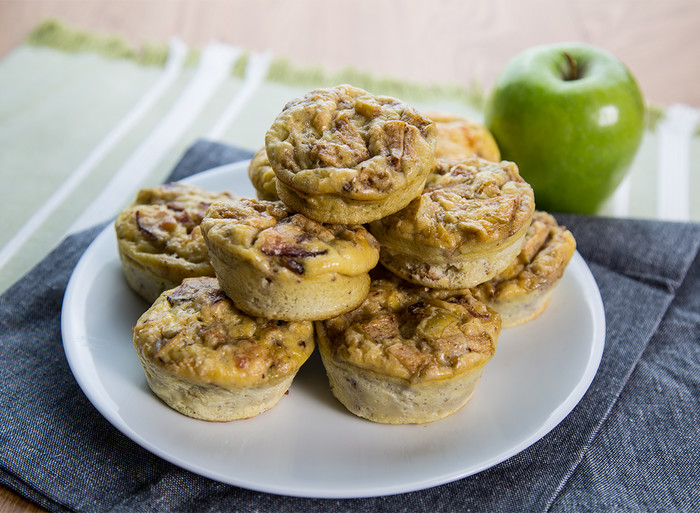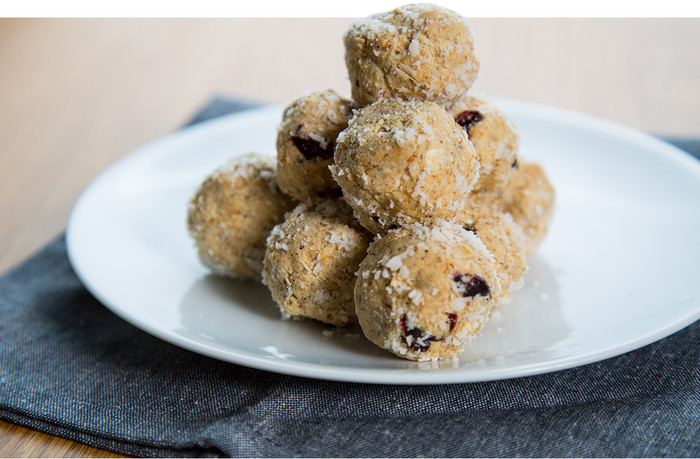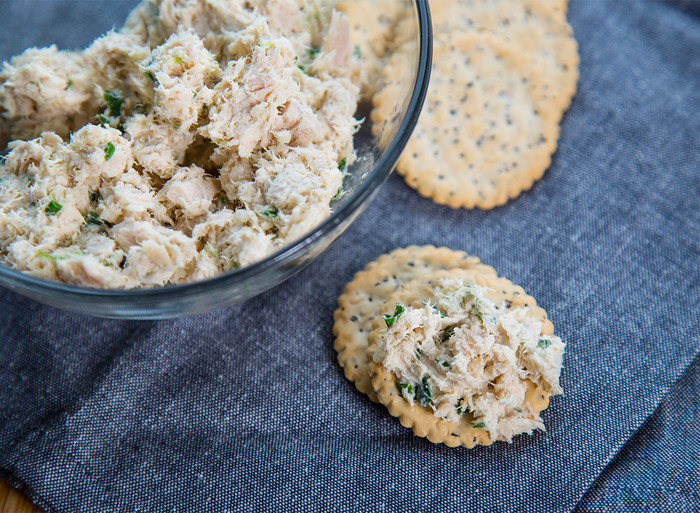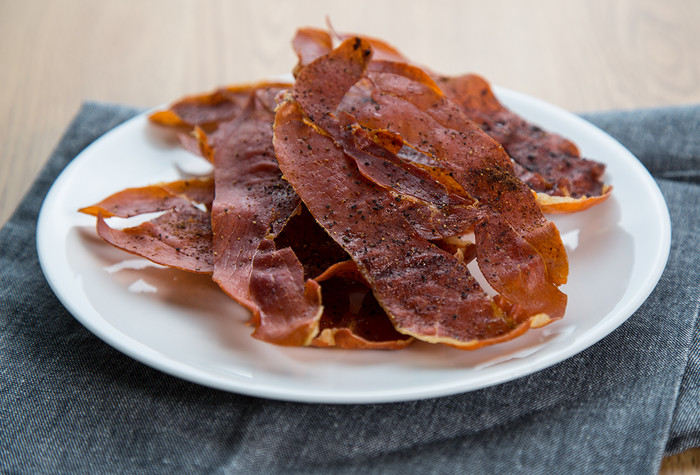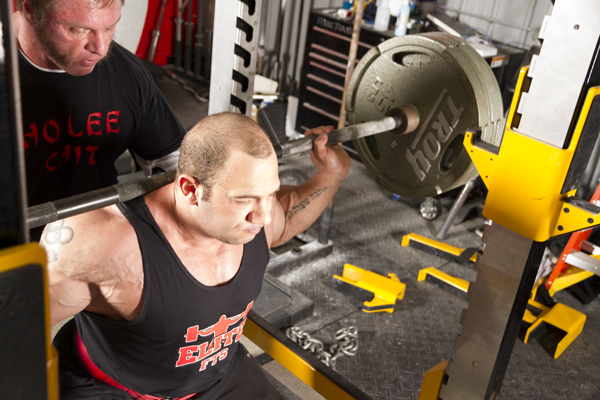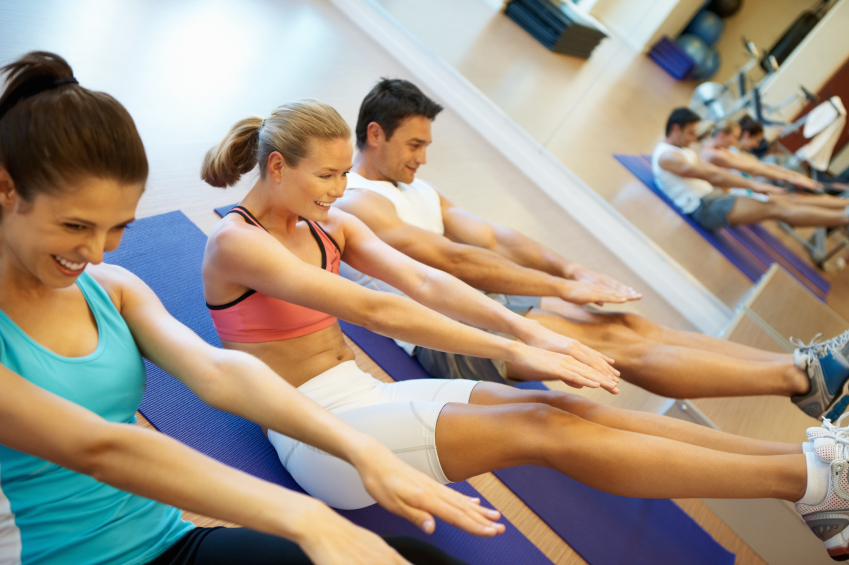Training for Fat Loss: Why Body Part Splits Don’t Work
Detric Smith, NSCA CSCS, ACSM EP-C,
Look, the fact of the matter is, the average client trying to lose weight hasn’t been in the gym regularly for years. They’ve been jerked around by every fad diet and worked with a few trainers. Real results need to happen now, or they’re going to give up soon. Throwing them on a body weight split that takes 2 hours and leaves them so sore they can’t move is just going to discourage them. Give them something they can do in 30-45 minutes. Keep them moving, and make the most out of their precious time in the gym.
Losing fat is simple, albeit not easy. You have to expend more energy than you take in. But you’ve also got to eat adequate amounts to regulate your hormone levels. An hour of walking and an hour of high intensity intervals will give you drastically different results.
After exercise, the body shifts into repair mode – using energy for muscle recovery and glycogen replacement. The excess post-exercise oxygen consumption (EPOC) appears largest after high intensity exercise. While traditional “steady state” cardio might use fat during the workout, HIIT drives more fat usage after training. Similarly, energy system workouts both provide a stimulus that adds to mitochondrial density, which is critical to the body’s ability to actually turn the stored fat to energy. Resistance training in particular “disturbs the working muscle cells homeostasis to a great degree, resulting in a larger energy requirement after exercise to restore …cells to pre-exercise levels” (Deyhle, Mermier, Kravitz). Meaning, the larger muscles you lift with, the bigger calorie and fat burning effect you get.
Finally, in general, trained people are able to use more fat than untrained people when doing the same workout (Achten and Jeukendrup, 2012). Because the body adapts to the demands you put on it, consistent resistance training at high intensities leads to better fat loss.
To generate fat loss, a few things need to happen:
- Regular utilization of large muscle groups that expend a lot of energy
- Development of metabolic efficiency
- A diet and exercise plan that manages cortisol and insulin levels
- Consistency, including pain and fatigue management
- Depletion of glycogen
Why Splits don’t Fit the Fat Loss Principles
The most glaring problem with body part splits is the rest periods. To reap the benefits of metabolic training, the work to rest ratio should not exceed 1:2. Manipulating your rest periods can totally change the density of a workout. You’ll end up doing the same amount of work in much less time, which skyrockets the intensity, your blood lactate levels, and how hard your heart is pumping. In body part splits, you end up spending half of your “workout” just resting so that your nervous system can recover. Which is great if you’re shooting for a PR in a lift or peaking for speed before a competition, but it’s horrible for fat loss.
Body part splits neglect major muscle groups in each session. Yet those dormant muscle groups could be the powerhouses of energy production. Read: using them burns more calories.
Moving from one major body group to the next allows time for recovery of the first, while still getting the most out of the second and third. It enables you to work at 100% for the entire workout, rather than exhaust one muscle group and spend 5 minutes on the floor trying to recover from the pain.
In that same vein, we need to be realistic about what our clients are doing outside of the gym. Most clients looking to lose weight have some sort of insulin and cortisol imbalance. They’re already fighting a losing battle – being stressed at work, relaxing with a few drinks and not sleeping well. Since the average fat loss client also eats loads of high glycemic foods, every session should be structured to utilize that blood sugar and insulin response. While any movement that adds muscle mass can help harness insulin sensitivity, there should be enough impetus to recover quickly.
Heavy lifting, while helping to add lean muscle, stimulates cortisol, HGH and testosterone – all of which play a role in putting on mass and adding to an inflammatory response. Therefore, it can be argued that it isn’t the “best” way to lose fat. While yes, you can first put on muscle and then whittle the body fat down, most people get discouraged by their lack of results on the scale way before then.
But isn’t there a way to combine the benefits of lifting, the fat-burning qualities of EPOC, and the aerobic benefits to drive recovery?
Enter metabolic conditioning, circuit training, density training, or high intensity interval training. Whatever buzz-word you want to use, they all follow the same principles – exercise major muscle groups, using total body movements, and do it all for a set amount of time/reps. Lots of work with little rest in between. This, my friends, is how you lose fat.
Disregarding what goes on outside of the gym, which one could argue is the major contributor to fat loss, training this way will give you results. It’ll also kick your ass.

High intensity intervals place massive demands on your energy systems, and in turn your metabolism. Your body is fighting to keep up with the energy output by churning and burning what you’ve got stored. Aerobic conditioning utilizes more fat as an energy substrate during a workout, while anaerobic training can add to mitochondrial density and fat usage afterwards (Deyhle, Mermier & Kravitz).
Involving a lot of heavy-hitting muscles does lead to a lot of energy expenditure during a session. But the real key is in the name – metabolic conditioning. You’re literally training your metabolism and increasing your work capacity so you can use energy more efficiently at rest. Developing that engine gives you more (and better) powerhouse mitochondria for fat-burning. The depleted glycogen levels also take the carbs you feed yourself and dump them back into muscle.
What’s more, you’ll be more sensitive to insulin, which means you can actually eat and lose weight rather than eat and your body still think it’s starving. More muscle + better fat burning = more lean body mass.
Here’s a bonus – your aerobic conditioning will increase as well, given that you’re keeping that heart pumping at a moderate intensity throughout the entire session. A greater aerobic capacity leads to better recovery, more sleep, less pain, and more desire to continue working out. A win-win, if you ask me.
A Final Note
The average fat loss client needs four or five major movements in continuum each session that they can master. You want to give them things they can manage, repeat, and provides a sense of accomplishment. Tossing in every weird tricep exercise you found on YouTube will not help.
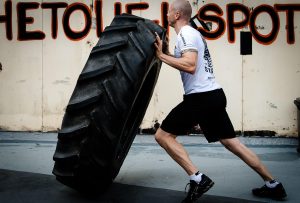
Not everyone should be flipping a tire. Clients will need different exercises, durations, and motivation based on their experience and personality.
People who are new/just returning to the gym do not need any more excuses not to train. A sore back, inability to descend stairs, or pain in lifting one’s arms over their head does not encourage return customers. The mental aspect is real. You might have the best training program on paper, but it counts for nothing if your clients can’t stick to it. Use what you know for a fat loss template and adapt it to give them the results they crave.
 Detric Smith, NSCA CSCS, ACSM EP-C, is the owner of Results Performance Training (www.resultsperformancetraining.com) in Williamsburg, VA. He has a BS in Kinesiology from Virginia Commonwealth University and specializes in Sports Performance Training and Fat Loss Transformations. For over 15 years he has gained experience at various sports performance centers and personal training studios, as well as coaching and teaching physical education from elementary school to high school.
Detric Smith, NSCA CSCS, ACSM EP-C, is the owner of Results Performance Training (www.resultsperformancetraining.com) in Williamsburg, VA. He has a BS in Kinesiology from Virginia Commonwealth University and specializes in Sports Performance Training and Fat Loss Transformations. For over 15 years he has gained experience at various sports performance centers and personal training studios, as well as coaching and teaching physical education from elementary school to high school.
References
Deyhle, M., Mermier, C., Ph. D., & Kravitz, L., Ph. D. (n.d.). The Physiology of Fat Loss. Retrieved June 15, 2017, from https://www.unm.edu/~lkravitz/Article%20folder/physiologgfatloss.html
Ormsbee, M.J, Choi, M.D, Medlin, J.K, Geyer, G.H, Trantham, L.H. Dubis, G.S, and Hickner, R.C. (2009). Regulaton of Fat metabolism during resistance exercise in sedentary lean and obese men. Journal of Applied Physiology, 106, 1529-1537.
Horowitz, J.F, and Klein, S. (2000.) Lipid metabolism and endurance exercise. American Journal of Clinical Nutrition. 72 (suppl), 558S-563S.
Holloway, G.P., Luiken, J.J.F.P., Glatz, J.F.C., Spriet, L.L., & Bonen, A. (2008). Contribution of FAT/CD36 to the regulation of skeletal muscle Fatty acid oxidation: an overview. Acta Physiologica, 192, 293-309.
Sedlock, D.A., Fissinger, J.A., and Melby, C.L. (1989). Effect of exercise intensity and duration on postexercise energy expenditure. Medicine and Science in Sports and Exercise, 21(6), 662-666.
Zuhl, M. & Kravitz, L. (2012). HIIT vs. continuous endurance training: Battle of the aerobic titans, IDEA Fitness Journal, 9(2), 35-40.

